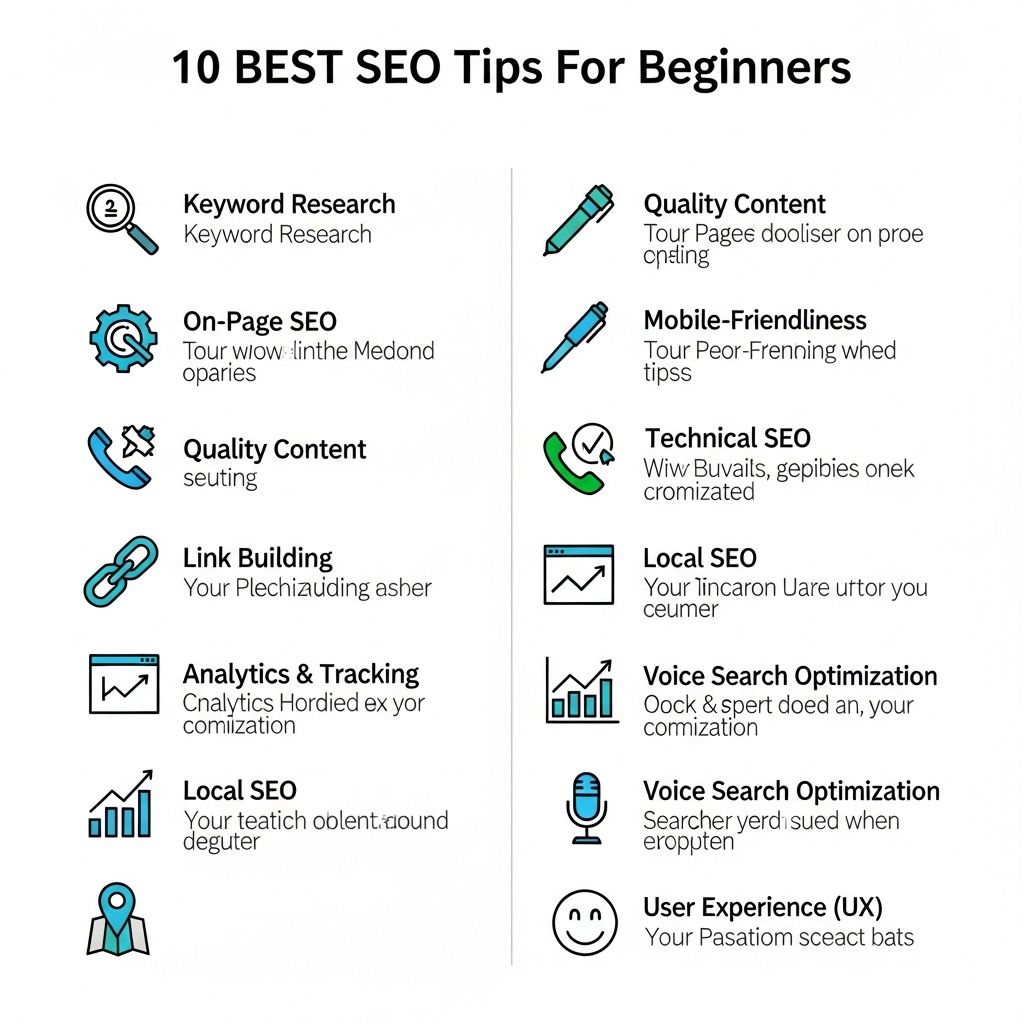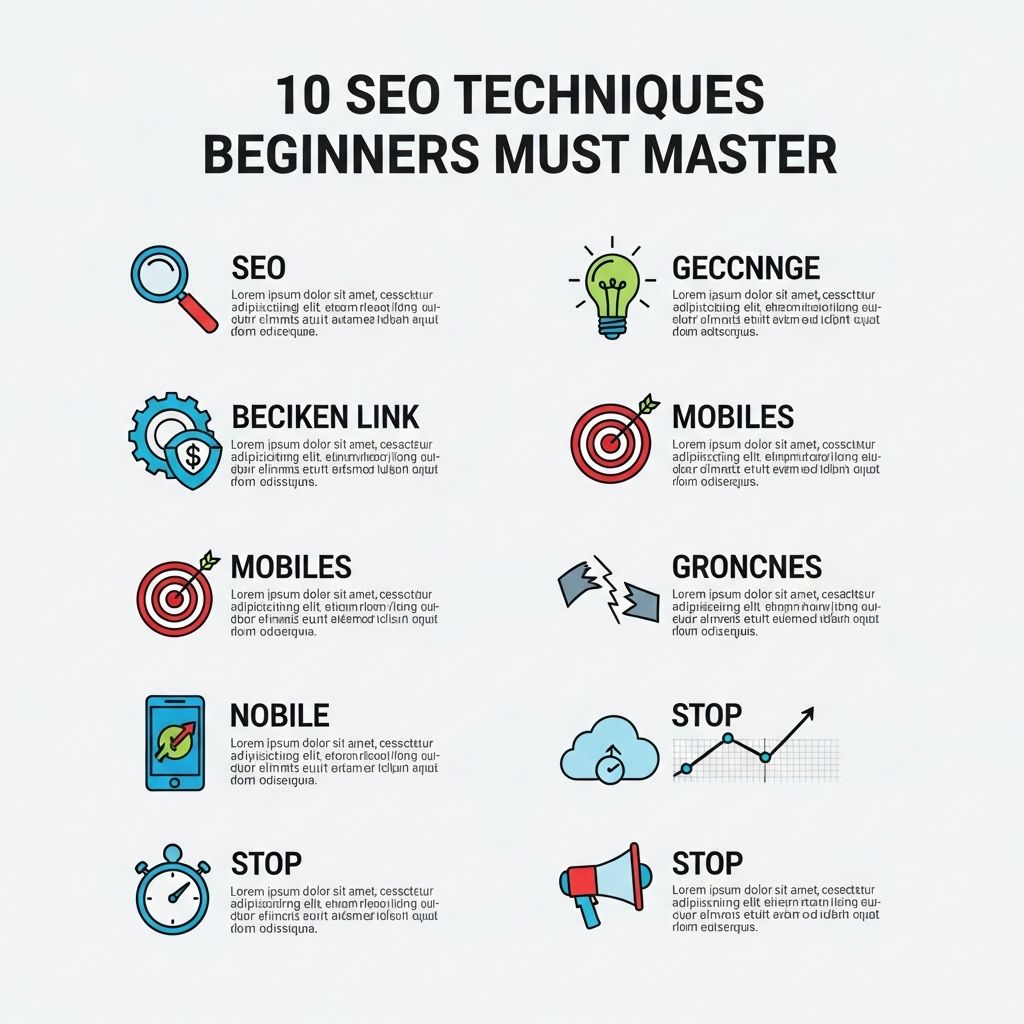As the digital landscape continues to evolve, the importance of maintaining a strong online presence cannot be overstated. Search engine optimization (SEO) is a critical aspect of online marketing that directly affects visibility and traffic to your website. For 2025, conducting a thorough SEO audit is essential for any business or individual looking to enhance their digital strategy. In this article, we will explore essential SEO audit prompts that can help you assess and improve your website’s performance.
Understanding the Basics of an SEO Audit
Before diving into specific prompts for your SEO audit, it’s important to understand what an SEO audit entails. An SEO audit is a comprehensive evaluation of your website to identify areas of improvement. This process covers various aspects, including technical SEO, on-page SEO, and off-page SEO.
Key Components of an SEO Audit
- Technical SEO: Examining site structure, loading speed, mobile-friendliness, etc.
- On-Page SEO: Assessing content quality, keyword usage, meta tags, etc.
- Off-Page SEO: Analyzing backlinks, social media presence, etc.
- User Experience (UX): Reviewing site navigation, layout, and design.
Prompts for Technical SEO Audit
Technical SEO is the foundation of your site’s performance and visibility. Here are some essential prompts to consider:
1. Analyze Site Loading Speed
Use tools like Google PageSpeed Insights or GTmetrix to evaluate your site’s loading speed.
| Tool | Speed Score | Recommendations |
|---|---|---|
| Google PageSpeed Insights | 85/100 | Optimize images, leverage browser caching |
| GTmetrix | 78/100 | Minimize HTTP requests, enable compression |
2. Check Mobile-Friendliness
With the majority of users browsing on mobile devices, a mobile-friendly site is crucial. Use Google’s Mobile-Friendly Test to ensure your site is responsive.
3. Audit Your Site’s Structure
Examine your URL structure, sitemap, and navigation to ensure they are user-friendly and optimized for search engines.
On-Page SEO Prompts
On-page SEO focuses on the content directly on your site. Here are prompts to evaluate your on-page strategies:
1. Evaluate Content Quality
Is your content original, valuable, and engaging? Consider the following:
- Does it address user intent?
- Is it updated regularly?
- Does it incorporate multimedia elements like images and videos?
2. Optimize Keyword Usage
Analyze how well you’re using keywords throughout your content:
- Are primary keywords present in titles and headings?
- Are secondary keywords naturally integrated into the text?
- Is there keyword cannibalization happening on your pages?
3. Revise Meta Tags
Audit your title tags and meta descriptions:
- Are they unique and compelling for each page?
- Do they include target keywords?
- Are they within the optimal character limits? (Title: 50-60 characters, Description: 150-160 characters)
Off-Page SEO Prompts
Off-page SEO plays a vital role in establishing your site’s authority. Here are prompts to guide your evaluation:
1. Assess Backlink Profile
Use tools like Ahrefs or SEMrush to check the quantity and quality of backlinks to your site:
- What is the total number of backlinks?
- What is the domain authority of linking sites?
- Are there any toxic backlinks that need disavowing?
2. Analyze Social Media Engagement
Evaluate your presence on social media platforms:
- Are you consistently sharing content?
- How much engagement are your posts receiving?
- Are you leveraging social media to drive traffic to your website?
3. Explore Local SEO Strategies
If your business is local, consider local SEO prompts:
- Is your Google My Business listing optimized?
- Are local keywords incorporated into your content?
- Do you have citations and listings in relevant directories?
User Experience (UX) Considerations
User experience directly affects your SEO performance. Here are prompts to enhance UX:
1. Evaluate Site Navigation
Is your site easy to navigate? Consider conducting usability tests or reviewing analytics for insights.
2. Review Layout and Design
Make sure your site’s design is modern, visually appealing, and aligns with your brand. A/B testing can help determine what layouts work best.
3. Optimize for Accessibility
Ensure your site is accessible to all users:
- Do you provide alt text for images?
- Is your website compatible with screen readers?
- Are you using headers correctly to structure content?
Conclusion
Conducting a comprehensive SEO audit using these essential prompts can significantly boost your website’s performance and visibility in 2025. By focusing on technical SEO, on-page content, off-page authority, and enhancing user experience, you position your online presence for success. Regular audits and updates will keep your website aligned with current best practices and algorithms, ensuring that you stay ahead of the competition.
FAQ
What is an SEO audit and why is it important?
An SEO audit is a comprehensive analysis of a website’s search engine optimization performance. It identifies areas for improvement in order to enhance visibility and rankings on search engines.
What are the key components of an SEO audit?
Key components include technical SEO, on-page SEO, off-page SEO, keyword analysis, and content quality assessment. Each aspect plays a crucial role in overall website performance.
How often should I conduct an SEO audit?
It’s recommended to conduct an SEO audit at least once a year, but more frequent audits (every 6 months or quarterly) can help adapt to changing algorithms and market conditions.
What tools can I use for an SEO audit?
Popular tools include Google Search Console, SEMrush, Ahrefs, Moz, and Screaming Frog. These tools help analyze various aspects of SEO effectively.
What are common SEO issues found in an audit?
Common issues include broken links, missing meta tags, slow page load times, duplicate content, and poorly optimized images. Addressing these can significantly improve site performance.
How can I implement the findings from an SEO audit?
Start by prioritizing issues based on their impact on SEO performance. Create a structured action plan to address technical fixes, content improvements, and backlink strategies.




